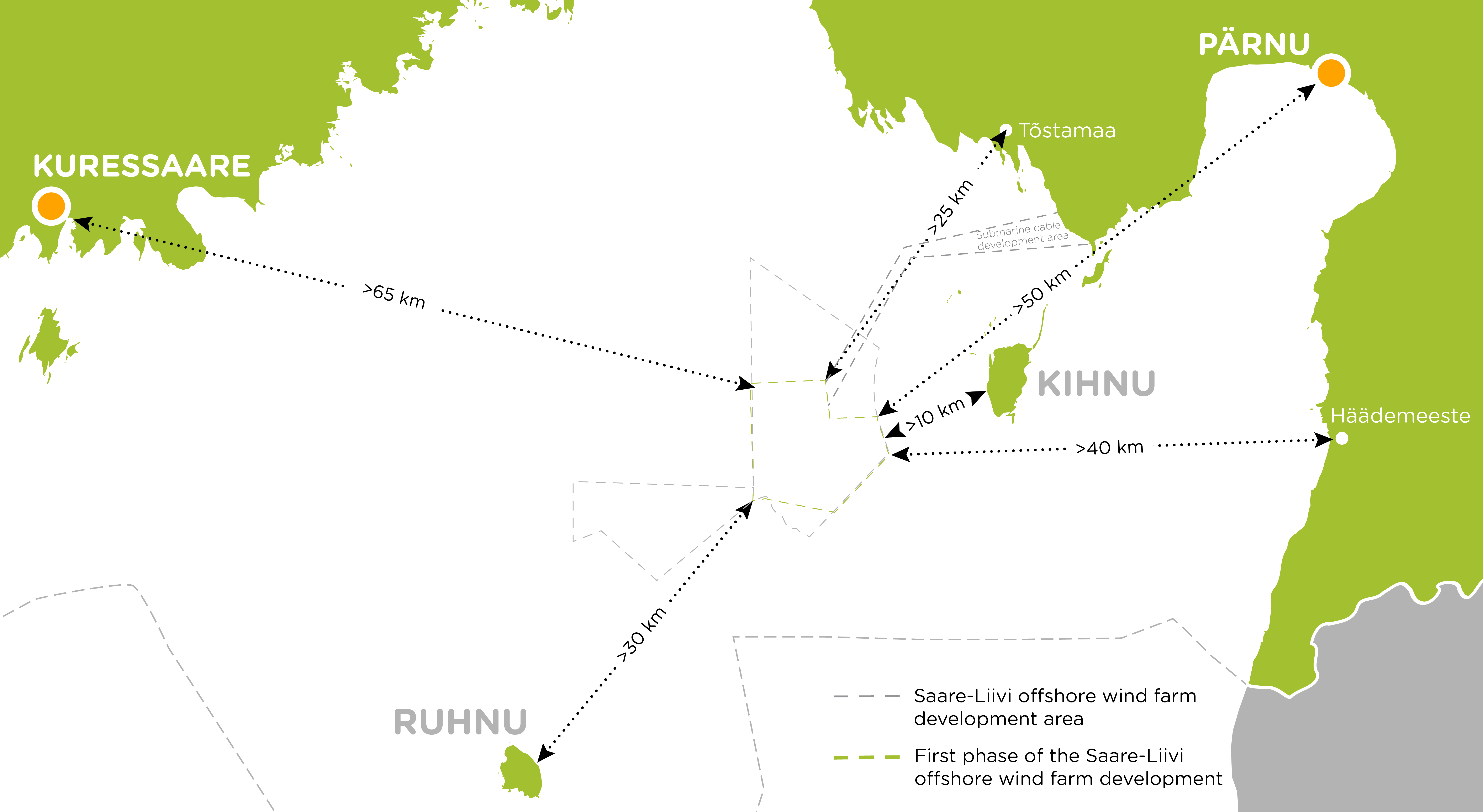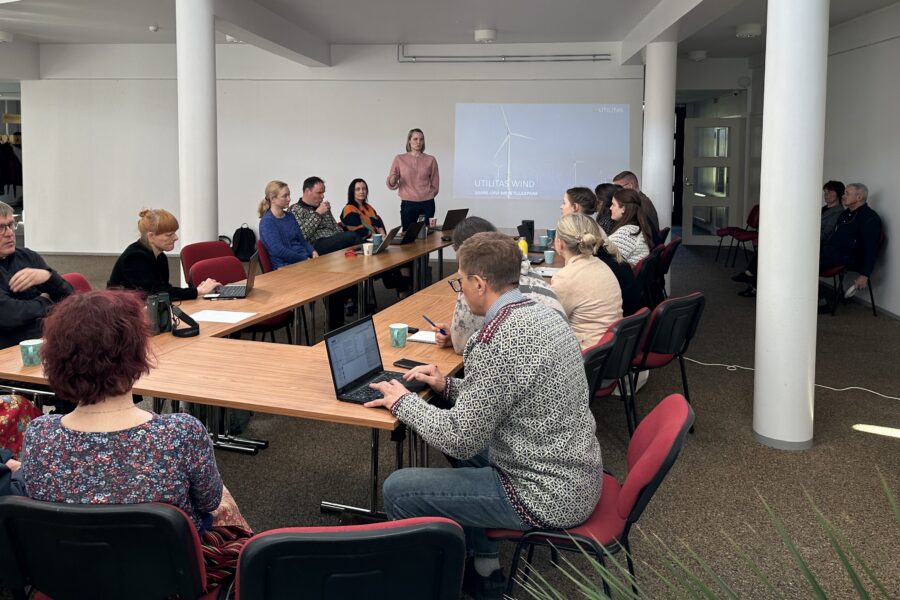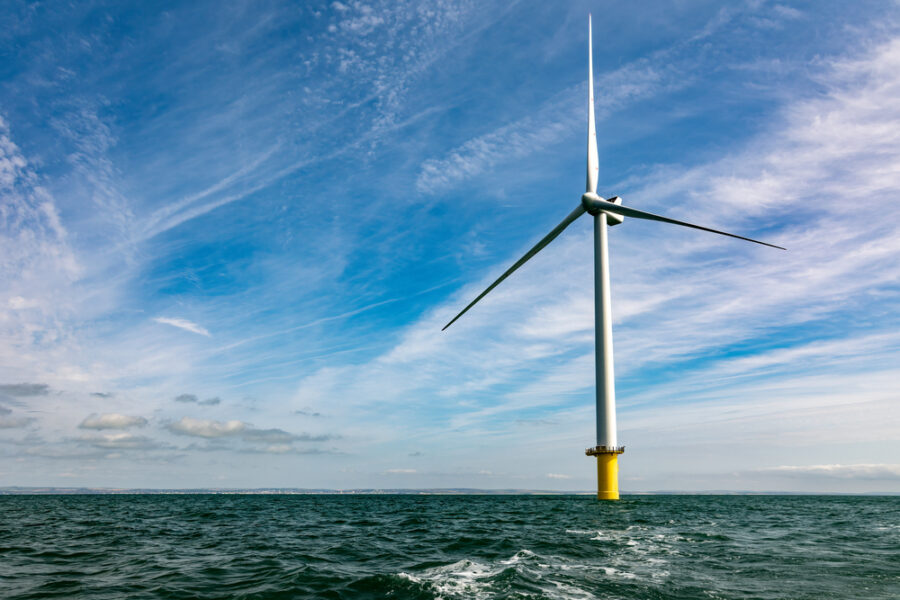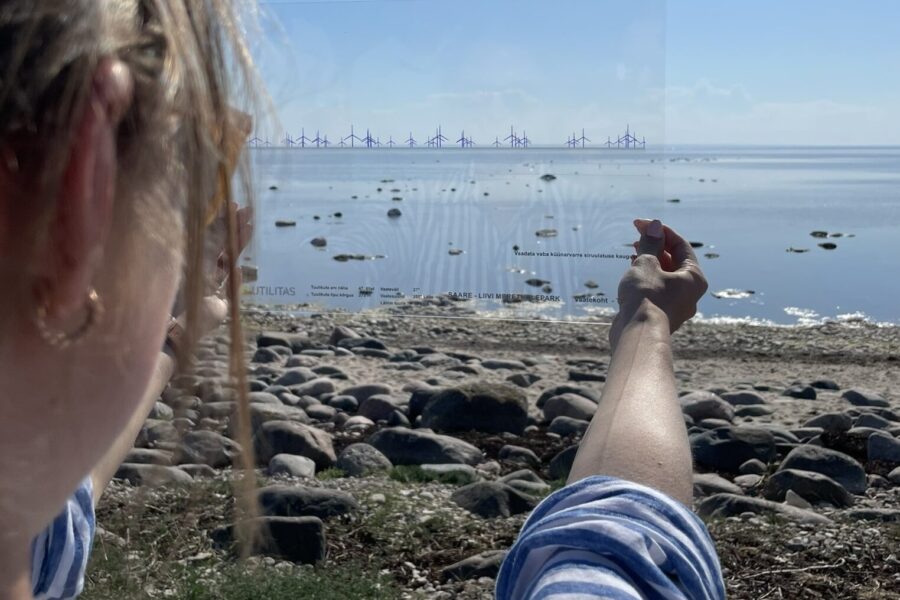The public discussion of the environmental impact assessment (EIA) report of the Saare-Liivi offshore wind farm took place at the end of April in Kihnu, the municipality closest to the
The recently skyrocketing electricity prices, energy supply threats, and the green revolution are all challenges Estonia is currently facing; our security and well-being depend on how we solve these issues. We are running against time to give up imported fuels, and fossil fuels in general, and to ensure the security of our country and the electricity supply on more favourable terms. Fortunately, solutions are within our reach in the form of offshore wind farms. A quick implementation is already possible with the help of a social agreement, but this requires goodwill and effective cooperation by all parties – the government, municipalities, communities, and companies.
Estonia’s ability to produce electricity in offshore wind farms ensures the environmentally friendly electricity supply needed for domestic consumption and enables the production of hydrogen in the amount needed to cover internal transport and industrial consumption. At the same time, by exporting electricity, we can improve our foreign trade balance.
Estonia has an exceptional geographical location to produce wind energy. There are shallow coastal waters and strong steady winds here, which means many suitable areas for wind energy development. The introduction of wind energy is a cost-effective way to produce renewable electricity and make the electricity system future-proof. With the help of wind turbines, we can create prosperity for Estonian society while also aiming to achieve the agreed climate neutrality goals. We can produce electricity for ourselves, sell it to other countries, and achieve energy security, i.e. not depending on expensive imported fossil fuels.















